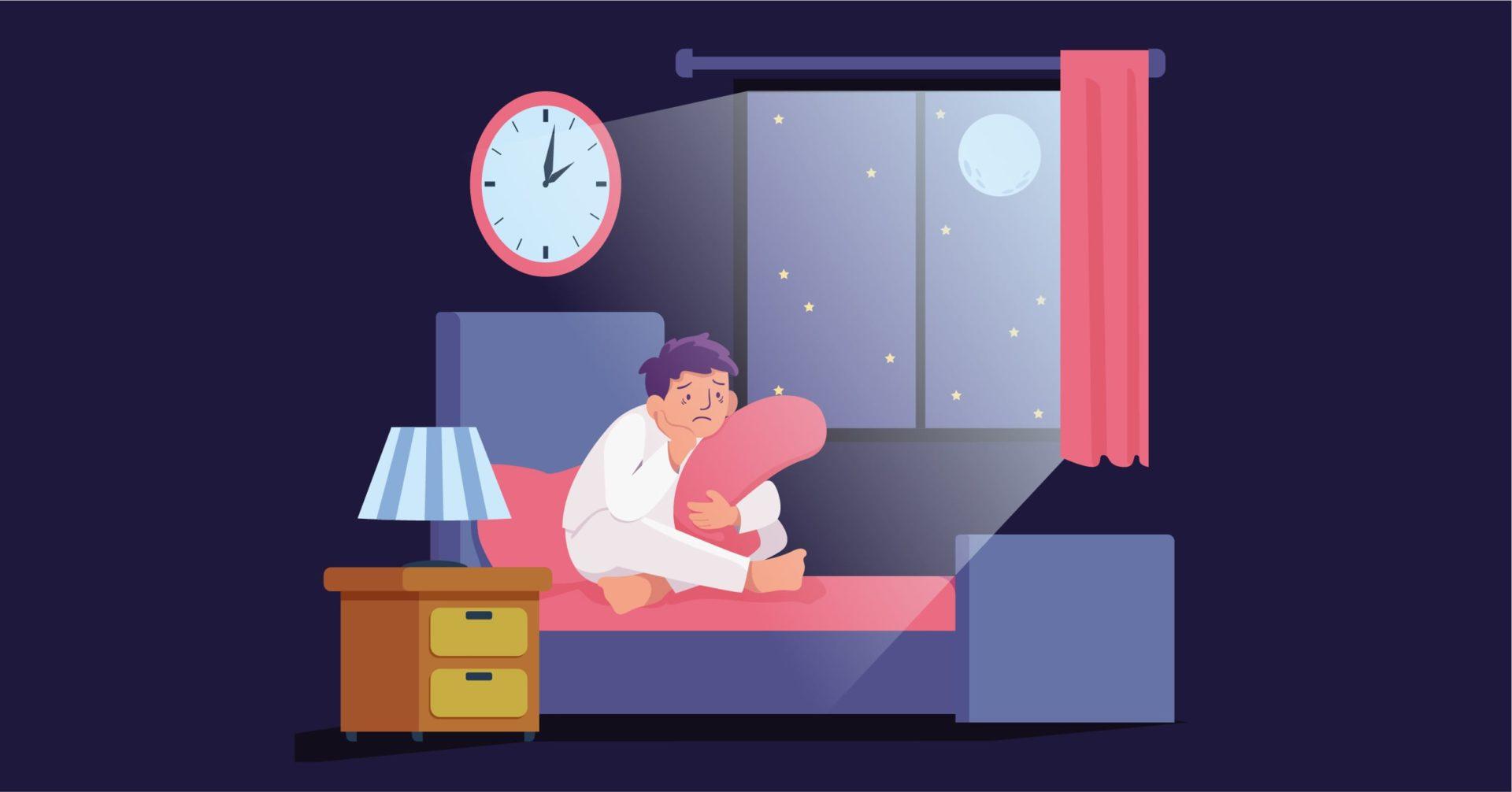Overview
Adjustment disorder is characterised by intense emotional and behavioural reactions to stressful situations. These reactions often seem as if they are blown out of proportion and culturally, the stressor doesn’t warrant such an extreme response. Trauma and stressors are pivotal to the diagnosis of adjustment disorder.
Adjustment disorder is related to major life changing events such as terminating relationships, marital issues, divorce, losing a loved one, etc. Community stressors such as hate crimes, facing a natural disaster, militant occupancy, crime ridden neighborhoods, etc. contribute to adjustment disorder. Among children, it can be exhibited when a child has to go to school, going to a parental house, leaving a parental house, family dysfunction, etc.
Children tend to exhibit more behavioural symptoms such as absence from school, disruptive behaviour, bullying and physical aggression. Adolescents may be seen experimenting with drugs and alcohol, reckless driving, etc.
Adults tend to exhibit more emotional symptoms such as feelings of hopelessness, social isolation, anger outbursts, excessive crying and anxiety, sleep disturbances, etc.
The stressors in adjustment disorders aren’t as life threatening as those in Acute Stress Disorder or PTSD. The onset is usually within three months of exposure to the stressor.
Common Signs and Symptoms
Adjustment disorder is characterised by drastic shifts in moods, reckless behaviour, somatic symptoms, increased alcohol intake, etc.
- Feelings of hopelessness, anxiety, excessive crying, avoiding social situations, and worrying, reckless behaviour, changes in appetite, and drinking too much are often seen among adults.
- Teenagers may be seen experimenting with alcohol and drugs, get into trouble with school authorities, engage in reckless driving, get into fights, disregard parental authority, avoid social gatherings, changes in appetite such as excessive eating or lack of an appetite are common.
- Somatic symptoms may include palpitations, headaches or stomach aches, back aches are also common.
- Sleep disturbances are also associated with adjustment disorder.
- In some cases, it may also result in suicidal attempts or suicides.
In cases of chronic illness, the symptoms are often exhibited as non compliance to medical regimen and increased hospital stay. Incase of losing a job or being fired the reaction may be immediate within a couple of days of the stressor.
The symptoms usually begin within 3 months of experiencing the stressor and may last upto 6 months after the stressor is removed.
Risk factors
A review reports that there hasn’t been much research conducted on adjustment disorders, although its prevalence is quite high in clinical practices. Establishing diagnostic standard tools and guidelines are harder due to wide circumstances under which this disorder is prevalent. Everybody goes through some or the other stressor in their life.Hence, there is no particular demographic that is clearly affected by this disorder.
Common stressors that may cause adjustment disorder include:
- Interpersonal stressors: life events such as terminating romantic relationships, marital issues, divorces, work related difficulties, loss of a loved one, chronic illness with increasing disability.
- Among children, going or leaving parental houses, loss of a parent or sibling, going to school, changing schools, being a victim of bullying, etc.
- Community stressors include crime ridden neighborhoods, facing a natural disaster, racial discrimination, hate crimes, victim of social prejudice and shaming, etc.
Diagnosis
The DSM-5 refers to adjustment disorder in relation to a psychosocial stressor. Intense emotional and behavioural response to the stressor is another marked characteristic of adjustment disorder. These responses affect the person’s daily life and functioning.
The DSM-5 states that the symptoms show up within 3 months of the presence of a stressor. Cultural factors should also be considered before diagnosing an adjustment disorder. For example, in Indian cultures, there is a practice of elaborate and loud vocalisations of grieving the death of a loved one. Instances, as such, should not influence the diagnosis of adjustment disorder. Persistence of symptoms beyond 6 months gets termed as Chronic Adjustment Disorder.
DSM-5 states certain types of adjustment disorders. Albeit the same, the types are often characterised with a specific set of symptoms. They are as follows:
- With a depressed mood. Symptoms mainly include feeling sad and hopeless, experiencing a lack of pleasure in the things which were earlier enjoyed.
- With anxiety. include nervousness, worry, difficulty concentrating or remembering things, and feeling overwhelmed. Children who have an adjustment disorder with anxiety may strongly fear being separated from their parents and loved ones.
- With mixed anxiety and depressed mood. Symptoms include a combination of depression and anxiety.
- With disturbance of conduct. Symptoms mainly involve behavioral problems, such as fighting or reckless driving. Youths may skip school or vandalize property and experiment with drugs.
- With mixed disturbance of emotions and conduct. Symptoms include a mix of depression and anxiety as well as behavioral problems.
- Unspecified. Symptoms don’t fit the other types of adjustment disorders, but often include physical problems, problems with family or friends, or work or school problems.
Adjustment disorder is usually diagnosed by a mental health professional- a licensed clinical psychologist or a psychiatrist. It is advisable to seek treatment as soon as possible.
Treatment
Although the frequency of adjustment disorder is quite high in clinical practices, treatment options are quite limited and require further research. However, patients often recover after a brief treatment of talk therapy. Talk therapy helps clients identify the stressors, cope with stressors and adjust to new environments.
Medication is also suggested in cases where adjustment disorder is accompanied with depression and anxiety symptoms. Antidepressants are often suggested by a psychiatrist alongside talk therapy.
Differential Diagnosis
1. Major Depressive Disorder: If an individual has symptoms that meet the criteria for a major depressive disorder as a response to a stressor, the diagnosis of an adjustment disorder is not applicable.
2. Post-traumatic Stress Disorder and Acute Stress Disorder: Adjustment disorders can be diagnosed immediately and last up to 6 months post the traumatic event, whereas acute stress disorder occurs between 3 days to 1 month post the stressor, and PTSD cannot be diagnosed until at least 1 month has passed since the occurrence of the traumatic stressor.
An adjustment disorder is diagnosed for individuals who have not been exposed to a traumatic event but exhibit the symptoms of either acute stress disorder or PTSD.
3. Personality Disorders: Some personality features may include situational distress that resembles an adjustment disorder. In the presence of a personality disorder, if the symptoms for an adjustment disorder are met, and the stress-related disturbance is more than usually observed as a cause of personality disorder symptoms, then the diagnosis of an adjustment disorder should be made.
4. Normative stress reactions: If the reaction to distress exceed more than usual or if the stressor causes impairment/dysfunction, it can be diagnosed as adjustment disorder.
Comorbidity
Adjustment disorders can be accompanied by other mental and medical disorders. Adjustment disorder is observed with depressed mood, obsessive-compulsive disorder, bipolar disorder as mental disorders.
Adjustment disorders are also prevalent as comorbid to medical illness. It could be the primary psychological response to a medical disorder.
Specialist
Clinical psychologists, counselors, family therapists and psychiatrists often deal with adjustment disorder.
In Conclusion
Stress is a non-negligible part of life. Everyone experiences trauma, stress, and anxiety at some point in life, but when stress starts affecting and meddling with our day-to-day activities, it becomes a condition. Although not entirely reversible, if acknowledged at an early stage, it is possible to cope with the symptoms and reduce anxiety. As mentioned above, Adjustment disorder mainly deals with our critical perception of self and the world.
If you have trouble coping with your stress, and it is affecting your personal and professional life, we recommend you consult professionals who will help you in dealing with and minimizing stress.
Adjustment disorder can occur at any age and thus, if you notice the symptoms in your child, don’t hesitate to communicate this with them.
Therapy helps in coping with stressful events and gives the courage to live life happily again.
Book a session with us today.





